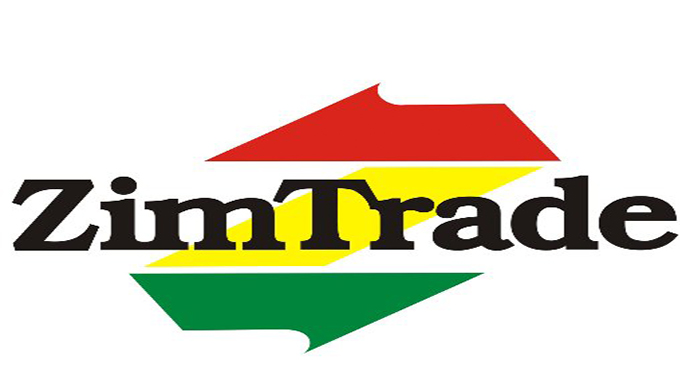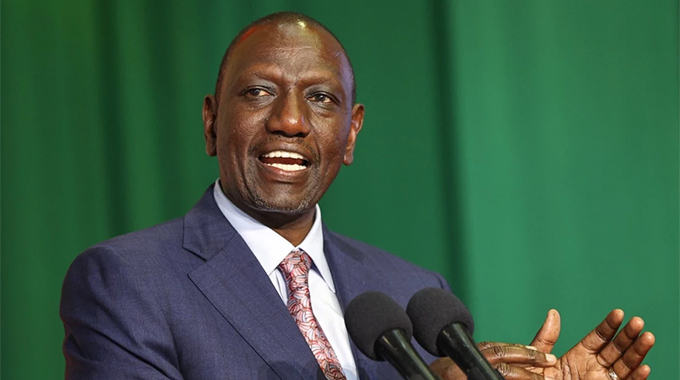BART centre gives hope to couples

Michell Zvanyanya, Chronicle Reporter
THE Bulawayo Assisted Reproductive Technology (BART) Centre has since its inception in 2017 recorded 39 live births, a development that has helped couples with infertility problems build families.
The facility assisted 22 couples to have children this year, an increase from 17 live births recorded last year.
Assisted reproductive technology is used to treat infertility by artificially assisting people who have challenges in conceiving, to have children. It includes fertility treatments that handle a woman’s egg and a man’s sperm. It works by removing eggs from a woman’s body which are then mixed with sperm to make embryos. The embryos are then put back into the woman’s body resulting in the woman giving birth.
In an interview on the sidelines of the centre’s third anniversary celebration at the Zimbabwe International Trade Fair (ZITF) VIP Lounge on Friday, BART chief director Dr Jephat Moyo said the availability of a local fertility centre has brought relief to couples who were being ripped off trying to access similar treatment outside the country.
“Last year we recorded about 17 live births and for this year we have 22 and this brings the total to 39 live births. The availability of such centres locally has brought great relief to many couples as they no longer have to travel to other areas such as South Africa or India to seek treatment. Receiving fertility treatment locally helps with the cost as it is a bit affordable,” he said.
“Undergoing fertility treatment is stressful and needs support, so getting the help locally usually helps most couples to be close to their support system during the whole fertility process.”
Dr Moyo said the centre has partnered with stakeholders in South Africa who supply medication at a reasonable cost to ensure provision of fertility treatment that is affordable.
He said the partnership has enabled BART Centre to continuously provide services despite the economic hardships.
He however expressed concern over the long waiting list of more than 300 people who cannot afford to pay for the treatment but are in need of it.
There is a need, he said, for other organisations who are willing to fund the treatment to intervene to reduce the number of people on the list.
“Looking at the long waiting list we feel that there is a need for a third-party funding like organisations that are willing to fund for the treatment because there are more than 300 people in the waiting list in need of treatment but cannot afford it,” said Dr Moyo.
“We normally engage some of our clients in the waiting list because we understand the economic hardships. So, some of our clients pay in instalments and some are even given a period of time to save for the treatment.”
He urged members of the public who suspect they have challenges in conceiving to always visit the centre for assessment, saying infertility problems are easy to treat at an early stage particularly looking at the age of women which is the major determinant in the outcome of the treatment. —@michellzvanyanyan2












Comments